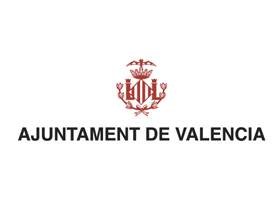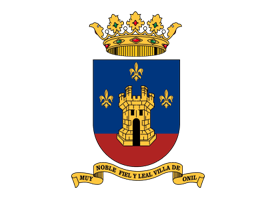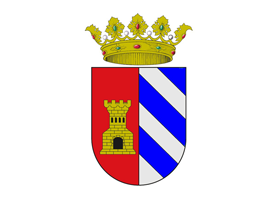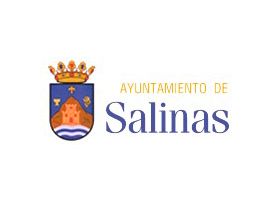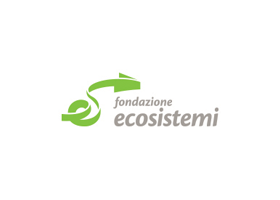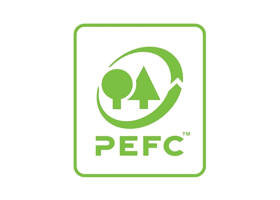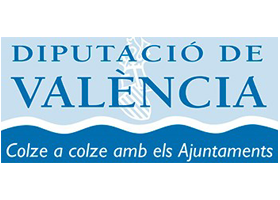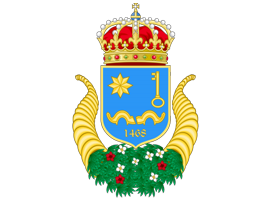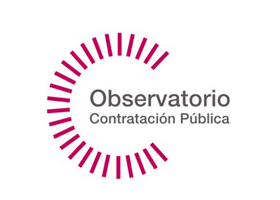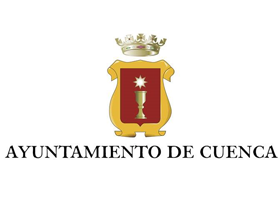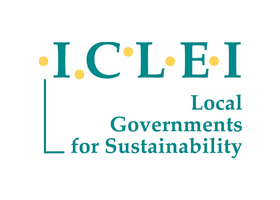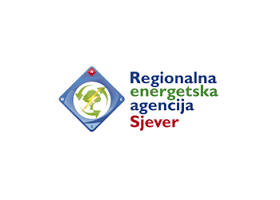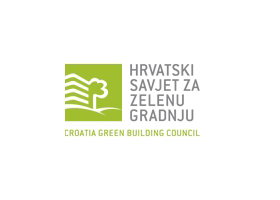In this section, you can access to the latest technical information related to the FUTURE project topic.
Exploring the spatio-temporal differentiation characteristics and coupling coordination relationship of the composite ecosystem of urban agglomerations is of great significance for promoting the synergistic sustainable development and integration construction of urban agglomerations. This paper is based on LUCC (Land Use and Land Cover Change) data, a DEM (Digital Elevation Model), and temperature, precipitation, and other multi-source data, using the central Yunnan urban agglomeration as an example and constructing a multi-dimensional evaluation index system highlighting development quality and efficiency. The entropy weight method was first used to determine the comprehensive weights to evaluate the regional economic and social development level. Then, the InVEST (Integrated Valuation of Ecosystem Services and Trade-offs) model was used to quantitatively calculate and analyze the spatial and temporal evolution characteristics of the four key ecosystem services, evaluating the spatio-temporal evolution characteristics of the natural subsystem. The coupling coordination model was used to quantitatively analyze the evolution of the coupling coordination of the composite ecosystems in the central Yunnan urban agglomeration during the period of 2010–2020, and to reveal its development law. The results show the following: ➀ During the study period, the socio-economic subsystems in the central Yunnan urban agglomeration demonstrated an outward radiative growth from Kunming City, marked by underdeveloped sub-centers and prevalent low-level areas. ② Trends in ecosystem services varied, with water and soil conservation showing fluctuating increases, carbon sequestration remaining stable, and habitat quality declining. The critically important integrated ecosystem services zone of the natural subsystem is mainly located in the northeastern region and southwestern edge of the study area. ③ In 2020, the coupling coordination degree of the composite ecosystem was 0.9492. This showed that economic, social, and ecological subsystems are highly coupled, with consistent overall development trends and strong interactions. ④ The increase in the degree of harmonization amounted to 7.82%, with lagging subsystems varying in the degree of harmonization in subregions. This study can provide a scientific foundation for the development of policies for the Central Yunnan urban agglomeration, promoting regional sustainable development and optimizing the spatial pattern of the national territory.

» Author: Anran Yang
» Reference: doi: 10.3390/su16072758
» Publication Date: 27/03/2024
» More Information
« Go to Technological Watch


